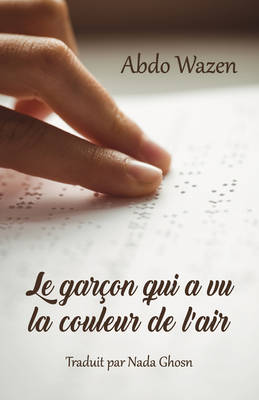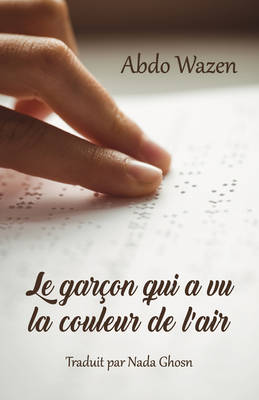
- Retrait gratuit dans votre magasin Club
- 7.000.000 titres dans notre catalogue
- Payer en toute sécurité
- Toujours un magasin près de chez vous
- Retrait gratuit dans votre magasin Club
- 7.000.0000 titres dans notre catalogue
- Payer en toute sécurité
- Toujours un magasin près de chez vous
Description
Growing up in a small Lebanese village, Bassim's blindness limits his engagement with the materials taught in his schools. Despite his family's love and support, his opportunities seem limited. At thirteen years old, Bassim leaves his village to join the Institute for the Blind in a Beirut suburb. There, he comes alive. He learns Braille and discovers talents he didn't know he had. Bassim is empowered by his newfound abilities to read and write. Thanks to his newly developed self-confidence, Bassim decides to take a risk and submit a short story to a competition sponsored by the Ministry of Education. After winning the competition, he is hired to work at the Institute for the Blind. At the Institute, Bassim, a Sunni Muslim, forms a strong friendship with George, a Christian. Cooperation and collective support are central to the success of each student at the Institute, a principle that overcomes religious and cultural differences. In the book, the Institute comes to symbolize the positive changes that tolerance can bring to the country and society at large. The Boy Who Saw the Color of Air is an important contribution to a literature in which people with disabilities are underrepresented. In addition to offering a story of empowerment and friendship, this book also aims to educate readers about people with disabilities.
Spécifications
Parties prenantes
- Auteur(s) :
- Traducteur(s):
- Editeur:
Contenu
- Nombre de pages :
- 96
- Langue:
- Français
Caractéristiques
- EAN:
- 9781772311839
- Date de parution :
- 15-11-22
- Format:
- Livre broché
- Format numérique:
- Trade paperback (VS)
- Dimensions :
- 142 mm x 218 mm
- Poids :
- 362 g

Les avis
Nous publions uniquement les avis qui respectent les conditions requises. Consultez nos conditions pour les avis.






